Greg Egan - Yeyuka
VIP免费
2024-11-19
3
0
34.28KB
8 页
5.9玖币
侵权投诉
file:///G|/rah/Greg%20Egan/Egan,%20Greg%20-%20Yeyuka.txt
Yeyuka a short story by Greg Egan
On my last day in Sydney, as a kind of farewell, I spent the morning on Bondi Beach. I swam for an
hour, then lay on the sand and stared at the sky. I dozed off for a while, and when I woke there
were half a dozen booths set up amid the sun bathers, dispensing the latest fashion: solar
tattoos. On a touch-screen the size of a full-length mirror, you could choose a design and then
customise it, or create one from scratch with software assistance. Computer-controlled jets
sprayed the undeveloped pigments onto your skin, then an hour of UV exposure rendered all the
colours visible.
As the morning wore on, I saw giant yellow butterflies perched between shoulder blades, torsos
wrapped in green-and-violet dragons, whole bodies wreathed in chains of red hibiscus. Watching
these images materialise around me, I couldn't help thinking of them as banners of victory.
Throughout my childhood, there'd been nothing more terrifying than the threat of melanoma -- and
by the turn of the millennium, nothing more hip than neck-to-knee lycra. Twenty years later, these
elaborate decorations were designed to encourage, to boast of, irradiation. To proclaim, not that
the sun itself had been tamed, but that our bodies had. To declare that cancer had been defeated.
I touched the ring on my left index finger, and felt a reassuring pulse through the metal. Blood
flowed constantly around the hollow core of the device, diverted from a vein in my finger. The
ring's inner surface was covered with billions of tiny sensors, spring-loaded funnel-shaped
structures like microscopic Venus fly-traps, each just a few hundred atoms wide. Every sizable
molecule in my bloodstream that collided with one of these traps was seized and shrink-wrapped,
long enough and tightly enough to determine its shape and its chemical identity before it was
released.
So the ring knew exactly what was in my blood. It also knew what belonged, and what didn't. Under
its relentless scrutiny, the biochemical signature of a viral or bacterial infection, or even a
microscopic tumour far downstream, could never escape detection for long -- and once a diagnosis
was made, treatment was almost instantaneous. Planted alongside the sensors were programmable
catalysts, versatile molecules that could be reshaped under computer control. The ring could
manufacture a wide range of drugs from raw materials circulating in the blood, just by choosing
the right sequence of shapes for these catalysts -- trapping the necessary ingredients together in
nooks and crannies moulded to fit like plaster casts around their combined outlines.
With medication delivered within minutes or seconds, infections were wiped out before they could
take hold, tiny clusters of cancer cells destroyed before they could grow or spread. Linked by
satellite to a vast array of medical databases, and as much additional computing power as it
required, the ring gave me a kind of electronic immune system, fast enough and smart enough to
overcome any adversary.
Not everyone on the beach that morning would have had their own personal HealthGuard, but a weekly
session on a shared family unit, or even a monthly check-up at their local GP, would have been
enough to reduce their risk of cancer dramatically. And though melanoma was the least of my
worries -- fair-skinned, I was covered in sunscreen as usual; fatal or not, getting burnt was
painful -- with the ring standing guard against ten thousand other possibilities, I'd come to
think of it as a vital part of my body. The day I'd installed it, my life expectancy had risen by
fifteen years -- and no doubt my bank's risk-assessment software had assumed a similar extension
to my working life, since I'd be paying off the loan I'd needed to buy the thing well into my
sixties.
I tugged gently at the plain metal band, until I felt a sharp warning from the needle-thin tubes
that ran deep into the flesh. This model wasn't designed to be slipped on and off in an instant
like the shared units, but it would only take a five minute surgical procedure under local
anaesthetic to remove it. In Uganda, a single HealthGuard machine served 40 million people -- or
rather, the lucky few who could get access to it. Flying in wearing my own personal version seemed
almost as crass as arriving with a giant solar tattoo. Where I was headed, cancer had very
definitely not been defeated.
Then again, nor had malaria, typhoid, yellow fever, schistosomiasis. I could have the ring
immunise me against all of these and more, before removing it ... but the malaria parasite was
notoriously variable, so constant surveillance would provide far more reliable protection. I'd be
no use to anyone lying in a hospital bed for half my stay. Besides, the average villager or shanty-
town dweller probably wouldn't even recognise the thing, let alone resent it. I was being
hypersensitive.
I gathered up my things and headed for the cycle rack. Looking back across the sand, I felt the
kind of stab of regret that came upon waking from a dream of impossible good fortune and serenity,
and for a moment I wanted nothing more than to close my eyes and rejoin it.
file:///G|/rah/Greg%20Egan/Egan,%20Greg%20-%20Yeyuka.txt (1 of 8) [2/2/2004 2:03:34 AM]
file:///G|/rah/Greg%20Egan/Egan,%20Greg%20-%20Yeyuka.txt
Lisa saw me off at the airport.
I said, "It's only three months. It'll fly past." I was reassuring myself, not her.
"It's not too late to change your mind." She smiled calmly; no pressure, it was entirely my
decision. In her eyes, I was clearly suffering from some kind of disease -- a very late surge of
adolescent idealism, or a very early mid-life crisis -- but she'd adopted a scrupulously non-
judgmental bedside manner. It drove me mad.
"And miss my last chance ever to perform cancer surgery?" That was a slight exaggeration; a few
cases would keep slipping through the HealthGuard net for years. Most of my usual work was trauma,
though, which was going through changes of its own. Computerised safeguards had made traffic
accidents rare, and I suspected that within a decade no one would get the chance to stick their
hand in a conveyor belt again. If the steady stream of gunshot and knife wounds ever dried up, I'd
have to retrain for nose jobs and reconstructing rugby players. "I should have gone into
obstetrics, like you."
Lisa shook her head. "In the next twenty years, they'll crack all the molecular signals, within
and between mother and foetus. There'll be no premature births, no Caesareans, no complications.
The HealthGuard will smooth my job away, too." She added, deadpan, "Face it, Martin, we're all
doomed to obsolescence."
"Maybe. But if we are ... it'll happen sooner in some places than others."
"And when the time comes, you might just head off to some place where you're still needed?"
She was mocking me, but I took the question seriously. "Ask me that when I get back. Three months
without mod cons and I might be cured for life."
My flight was called. We kissed goodbye. I suddenly realised that I had no idea why I was doing
this. The health of distant strangers? Who was I kidding? Maybe I'd been trying to fool myself
into believing that I really was that selfless -- hoping all the while that Lisa would talk me out
of it, offering some face-saving excuse for me to stay. I should have known she'd call my bluff
instead.
I said plainly, "I'm going to miss you. Badly."
"I should hope so." She took my hand, scowling, finally accepting the decision. "You're an idiot,
you know. Be careful."
"I will." I kissed her again, then slipped away.
I was met at Entebbe airport by Magdalena Iganga, one of the oncologists on a small team that had
been put together by Médecins Sans Frontières to help overburdened Ugandan doctors tackle the
growing number of Yeyuka cases. Iganga was Tanzanian, but she'd worked throughout eastern Africa,
and as she drove her battered ethanol-powered car the thirty kilometres into Kampala, she
recounted some of her brushes with the World Health Organisation in Nairobi.
"I tried to persuade them to set up an epidemiological database for Yeyuka. Good idea, they said.
Just put a detailed proposal to the cancer epidemiology expert committee. So I did. And the
committee said, we like your proposal, but oh dear, Yeyuka is a contagious disease, so you'll have
to submit this to the contagious diseases expert committee instead. Whose latest annual sitting
I'd just missed by a week." Iganga sighed stoically. "Some colleagues and I ended up doing it
ourselves, on an old 386 and a borrowed phone line."
"Three eight what?"
She shook her head. "Palaeocomputing jargon, never mind."
Though we were dead on the equator and it was almost noon, the temperature must have been 30 at
most; Kampala was high above sea level. A humid breeze blew off Lake Victoria, and low clouds
rolled by above us, gathering threateningly then dissipating, again and again. I'd been promised
that I'd come for the dry season; at worst there'd be occasional thunderstorms.
On our left, between patches of marshland, small clusters of shacks began to appear. As we drew
closer to the city, we passed through layers of shanty towns, the older and more organised verging
on a kind of bedraggled suburbia, others looking more like out-and-out refugee camps. The tumours
caused by the Yeyuka virus tended to spread fast but grow slowly, often partially disabling people
for years before killing them, and when they could no longer manage heavy rural labour, they
usually headed for the nearest city in the hope of finding work. Southern Uganda had barely
recovered from HIV when Yeyuka cases began to appear, around 2013; in fact, some virologists
believed that Yeyuka had arisen from a less virulent ancestor after gaining a foothold within the
immune-suppressed population. And though Yeyuka wasn't as contagious as cholera or tuberculosis,
crowded conditions, poor sanitation and chronic malnourishment set up the shanty towns to bear the
brunt of the epidemic.
As we drove north between two hills, the centre of Kampala appeared ahead of us, draped across a
file:///G|/rah/Greg%20Egan/Egan,%20Greg%20-%20Yeyuka.txt (2 of 8) [2/2/2004 2:03:34 AM]
file:///G|/rah/Greg%20Egan/Egan,%20Greg%20-%20Yeyuka.txt
hill of its own. Compared to Nairobi, which I'd flown over a few hours before, Kampala looked
uncluttered. The streets and low buildings were laid out in a widely-spaced plan, neatly organised
but lacking any rigid geometry of grid lines or concentric circles. There was plenty of traffic
around us, both cycles and cars, but it flowed smoothly enough, and for all the honking and
shouting going on the drivers seemed remarkably good humoured.
Iganga took a detour to the east, skirting the central hill. There were lushly green sports
grounds and golf courses on our right, colonial-era public buildings and high-fenced foreign
embassies on our left. There were no high-rise slums in sight, but there were makeshift shelters
and even vegetable gardens on some stretches of parkland, traces of the shanty towns spreading
inwards.
In my jet-lagged state, it was amazing to find that this abstract place that I'd been imagining
for months had solid ground, actual buildings, real people. Most of my second-hand glimpses of
Uganda had come from news clips set in war zones and disaster areas; from Sydney, it had been
almost impossible to conceive of the country as anything more than a frantically edited video
sequence full of soldiers, refugees, and fly-blown corpses. In fact, rebel activity was confined
to a shrinking zone in the country's far north, most of the last wave of Zairean refugees had gone
home a year ago, and while Yeyuka was a serious problem, people weren't exactly dropping dead in
the streets.
Makerere University was in the north of the city; Iganga and I were both staying at the guest
house there. A student showed me to my room, which was plain but spotlessly clean; I was almost
afraid to sit on the bed and rumple the sheets. After washing and unpacking, I met up with Iganga
again and we walked across the campus to Mulago Hospital, which was affiliated with the university
medical school. There was a soccer team practising across the road as we went in, a reassuringly
mundane sight.
Iganga introduced me to nurses and porters left and right; everyone was busy but friendly, and I
struggled to memorise the barrage of names. The wards were all crowded, with patients spilling
into the corridors, a few in beds but most on mattresses or blankets. The building itself was
dilapidated, and some of the equipment must have been thirty years old, but there was nothing
squalid about the conditions; all the linen was clean, and the floor looked and smelt like you
could do surgery on it.
In the Yeyuka ward, Iganga showed me the six patients I'd be operating on the next day. The
hospital did have a CAT scanner, but it had been broken for the past six months, waiting for money
for replacement parts, so flat X-rays with cheap contrast agents like barium were the most I could
hope for. For some tumours, the only guide to location and extent was plain old palpation. Iganga
guided my hands, and kept me from applying too much pressure; she'd had a great deal more
experience at this than I had, and an over-zealous beginner could do a lot of damage. The world of
three-dimensional images spinning on my workstation while the software advised on the choice of
incision had receded into fantasy. Stubbornly, though, I did the job myself; gently mapping the
tumours by touch, picturing them in my head, marking the X-rays or making sketches.
I explained to each patient where I'd be cutting, what I'd remove, and what the likely effects
would be. Where necessary, Iganga translated for me -- either into Swahili, or what she described
as her "broken Luganda." The news was always only half good, but most people seemed to take it
with a kind of weary optimism. Surgery was rarely a cure for Yeyuka, usually just offering a few
years' respite, but it was currently the only option. Radiation and chemotherapy were useless, and
the hospital's sole HealthGuard machine couldn't generate custom-made molecular cures for even a
lucky few; seven years into the epidemic, Yeyuka wasn't yet well enough understood for anyone to
have written the necessary software.
By the time I was finished it was dark outside. Iganga asked, "Do you want to look in on Ann's
last operation?" Ann Collins was the Irish volunteer I was replacing.
"Definitely." I'd watched a few operations performed here, on video back in Sydney, but no VR
scenarios had been available for proper "hands on" rehearsals, and Collins would only be around to
supervise me for a few more days. It was a painful irony: foreign surgeons were always going to be
inexperienced, but no one else had so much time on their hands. Ugandan medical students had to
pay a small fortune in fees -- the World Bank had put an end to the new government's brief
flirtation with state-subsidised training -- and it looked like there'd be a shortage of qualified
specialists for at least another decade.
We donned masks and gowns. The operating theatre was like everything else, clean but outdated.
Iganga introduced me to Collins, the anaesthetist Eriya Okwera, and the trainee surgeon Balaki
Masika.
The patient, a middle-aged man, was covered in orange Betadine-soaked surgical drapes, arranged
around a long abdominal incision. I stood beside Collins and watched, entranced. Growing within
file:///G|/rah/Greg%20Egan/Egan,%20Greg%20-%20Yeyuka.txt (3 of 8) [2/2/2004 2:03:34 AM]
摘要:
展开>>
收起<<
file:///G|/rah/Greg%20Egan/Egan,%20Greg%20-%20Yeyuka.txtYeyukaashortstorybyGregEganOnmylastdayinSydn...
声明:本站为文档C2C交易模式,即用户上传的文档直接被用户下载,本站只是中间服务平台,本站所有文档下载所得的收益归上传人(含作者)所有。玖贝云文库仅提供信息存储空间,仅对用户上传内容的表现方式做保护处理,对上载内容本身不做任何修改或编辑。若文档所含内容侵犯了您的版权或隐私,请立即通知玖贝云文库,我们立即给予删除!
相关推荐
-
公司营销部领导述职述廉报告VIP免费

 2024-12-03 4
2024-12-03 4 -
100套述职述廉述法述学框架提纲VIP免费
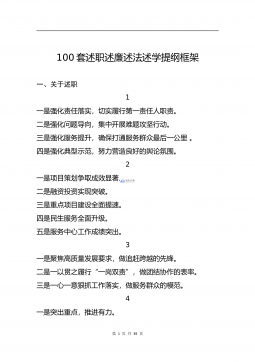
 2024-12-03 3
2024-12-03 3 -
20220106政府党组班子党史学习教育专题民主生活会“五个带头”对照检查材料VIP免费
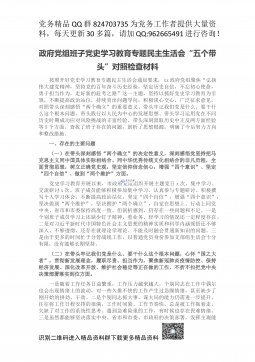
 2024-12-03 3
2024-12-03 3 -
20220106县纪委监委领导班子党史学习教育专题民主生活会对照检查材料VIP免费
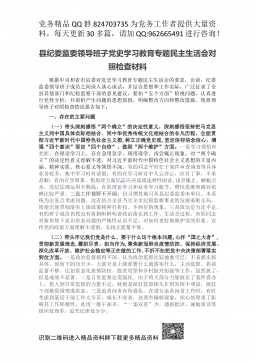
 2024-12-03 6
2024-12-03 6 -
A文秘笔杆子工作资料汇编手册(近70000字)VIP免费

 2024-12-03 3
2024-12-03 3 -
20220106县领导班子党史学习教育专题民主生活会对照检查材料VIP免费
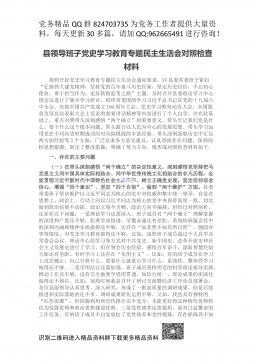
 2024-12-03 4
2024-12-03 4 -
经济开发区党工委书记管委会主任述学述职述廉述法报告VIP免费
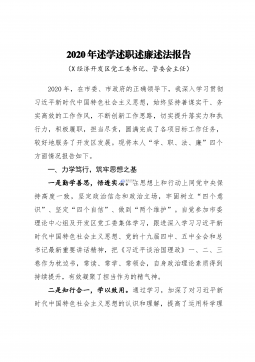
 2024-12-03 34
2024-12-03 34 -
20220106政府领导专题民主生活会五个方面对照检查材料VIP免费
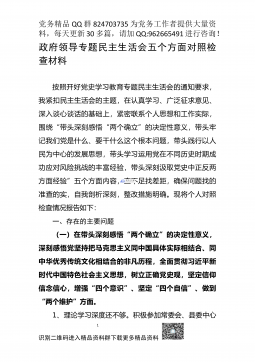
 2024-12-03 11
2024-12-03 11 -
派出所教导员述职述廉报告6篇VIP免费
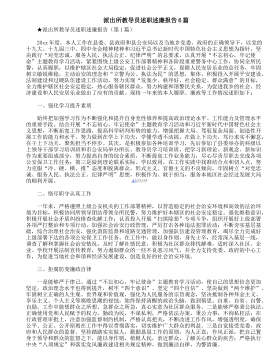
 2024-12-03 8
2024-12-03 8 -
民主生活会对县委班子及其成员批评意见清单VIP免费
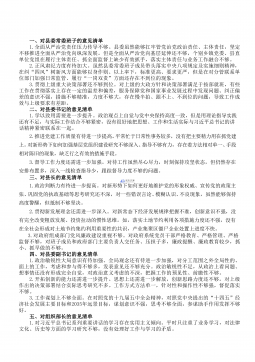
 2024-12-03 50
2024-12-03 50
分类:外语学习
价格:5.9玖币
属性:8 页
大小:34.28KB
格式:PDF
时间:2024-11-19


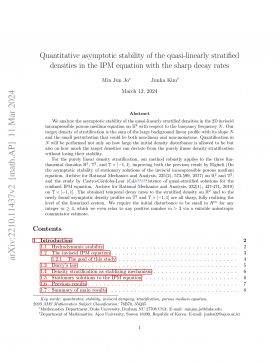
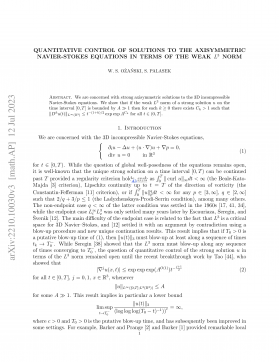
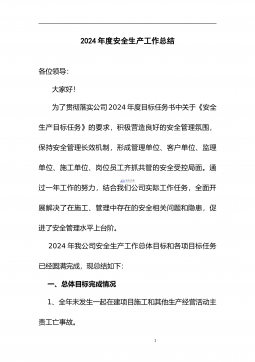
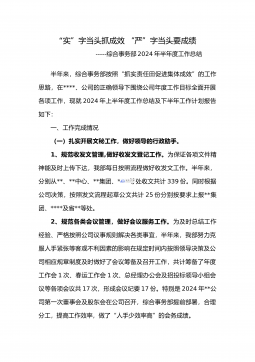
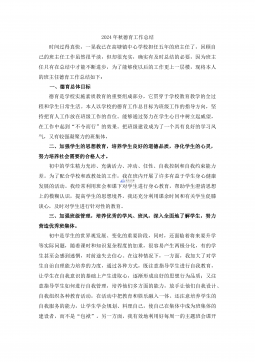
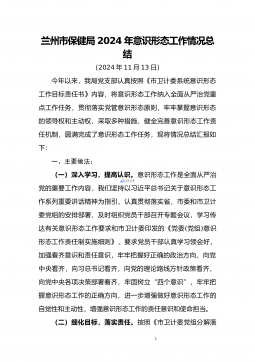
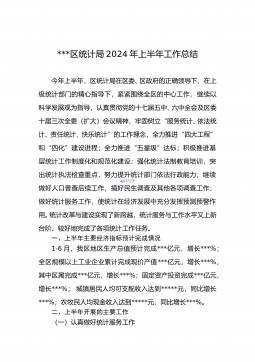
 渝公网安备50010702506394
渝公网安备50010702506394
